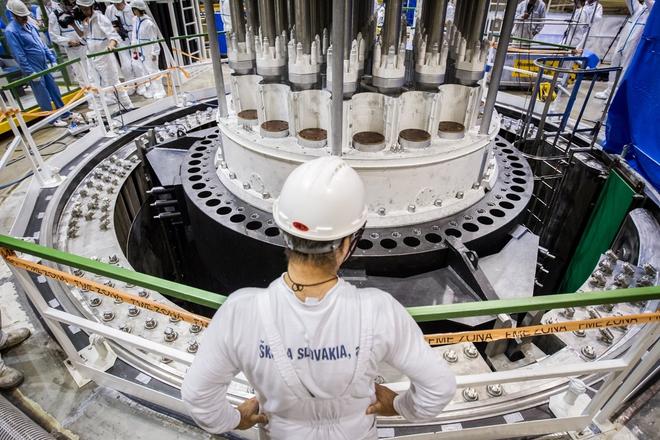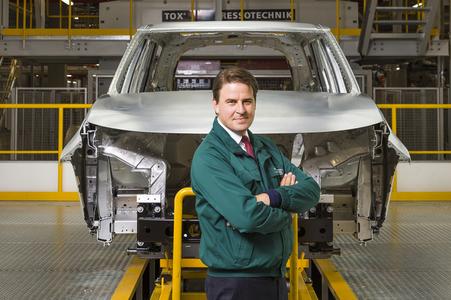Businesses flourished, sending higher taxes into the state coffers and more money on the payslips of their employees. This is the reality of Slovakia’s economy in 2018, and the outlook remains positive for 2019.
In 2018, the economy is estimated to have grown at more than 4 percent. The expectation of it maintaining the momentum in 2019 is especially due to the recently launched car production in the brand new Jaguar Land Rover car plant in Nitra.
When it comes to the state budget, for the first time in its post-1989 history, Slovakia should close the year with a zero deficit. Nevertheless, the lack of qualified labour will continue to plague companies. Yet the labour-force-related pressure may be lessened by the recently relaxed conditions for hiring employees from countries outside the European Union.
1. The economy maintains momentum
Slovakia’s economy remains in a favourable cyclical position and GDP growth is expected to average 4.3 percent this year, according to Katarína Muchová, an analyst with the Slovenská Sporiteľňa bank.
“Domestic demand should be the key driver, mainly via household consumption,”
Muchova said. “Despite the eurozone’s growth losing steam, exports should benefit from the start of production in the new Jaguar Land Rover car plant, opened in October 2018, and net exports should noticeably contribute to GDP growth.”
The negative risks to growth are mainly external - Brexit negotiations, geopolitics and protectionism in foreign trade. There are also a few positive risk factors that could materialise and foster Slovakia’s economic growth, such as the faster return of domestic investment and better labour market development.
2. Brexit poses risks to Slovakia



